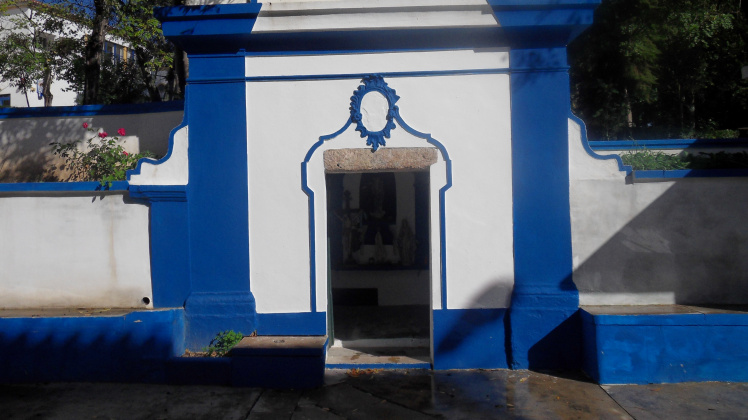About
Completed
| Continental active serpentinization of ultramafic rocks is today recognized as a key process triggering a sequence of phenomena involving the passage from inorganic, to organic and metabolic reactions. These may have a role in the origin of life, and may explain the occurrence of abiotic hydrocarbons on Earth and other planets. Production of hyperalkaline waters and abiotic methane (CH4) are two critical steps in this sequence. They were described independently by specific hydrogeological and geochemical models. Here, we update and combine these models into a unified scheme using and integrating geological, hydrogeological, hydrogeochemical, gas-geochemical and microbial analyses acquired from 2002 to 2014 in the Cabeço de Vide (CdV) study site, Portugal. The hyperalkaline (pH >10.5), Na-Cl/Ca-OH mineral water of CdV evolve from groundwater-peridotite interaction (serpentinization) generating hydrogen (H2), which subsequently reacted with CO2 within metal- (catalyst) rich rocks, abiotically producing CH4 (up to 1.2 mg/L; -24.4 o/oo < δ13C-CH4 < -14.0 o/oo and -285 o/oo < δ2H-CH4 < -218 o/oo). The hyperalkaline water hosts hydrogen oxidizing bacteria “Serpentinomonas”, which may explain the paucity of H2 observed in the dissolved gas. The CdV gas-rich mineral waters ascend along a fault at the boundary of the peridotite intrusion. Soil-gas analyses show that methane migrates to the surface along the fault, also independently from the water emergences, consistently with non-aqueous abiotic CH4 production. Our integrated model is generally compatible with observations from other gas-bearing continental serpentinization sites. |
Keywords
Environment
Start Date
CERENA Role
Coordinator
Coordinator/Local PI
Integrated Member
Associate Professor with Habilitation
CERENA Team
Proponent Institution
CERENA / IST-ID, Portugal
Partners
Fundação da Faculdade de Ciências (FFC/FC/UL), Portugal
Funding Programme
FCT / PTDC
Total Funding
167 682,00 €
CERENA Funding
118 962,00 €


